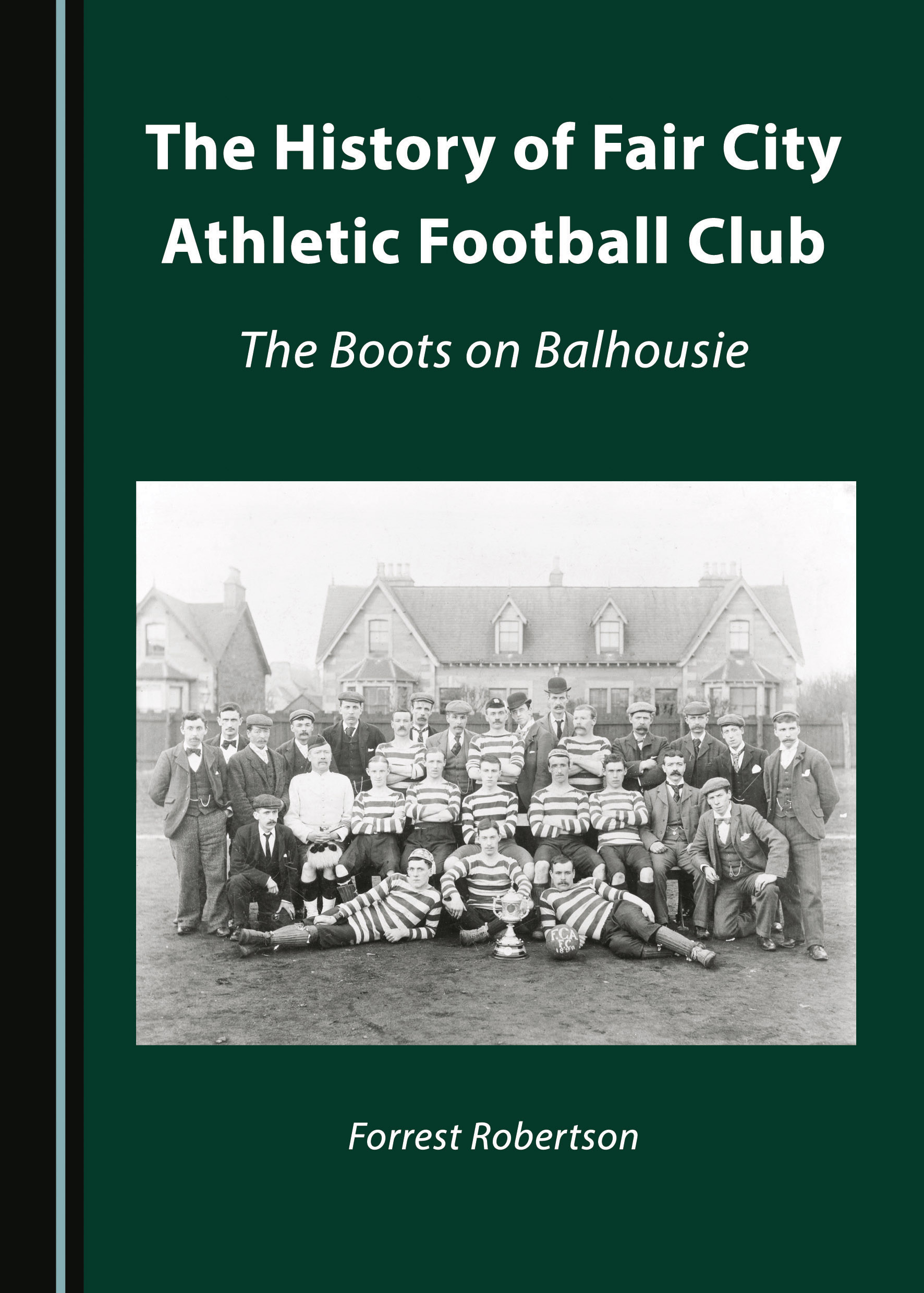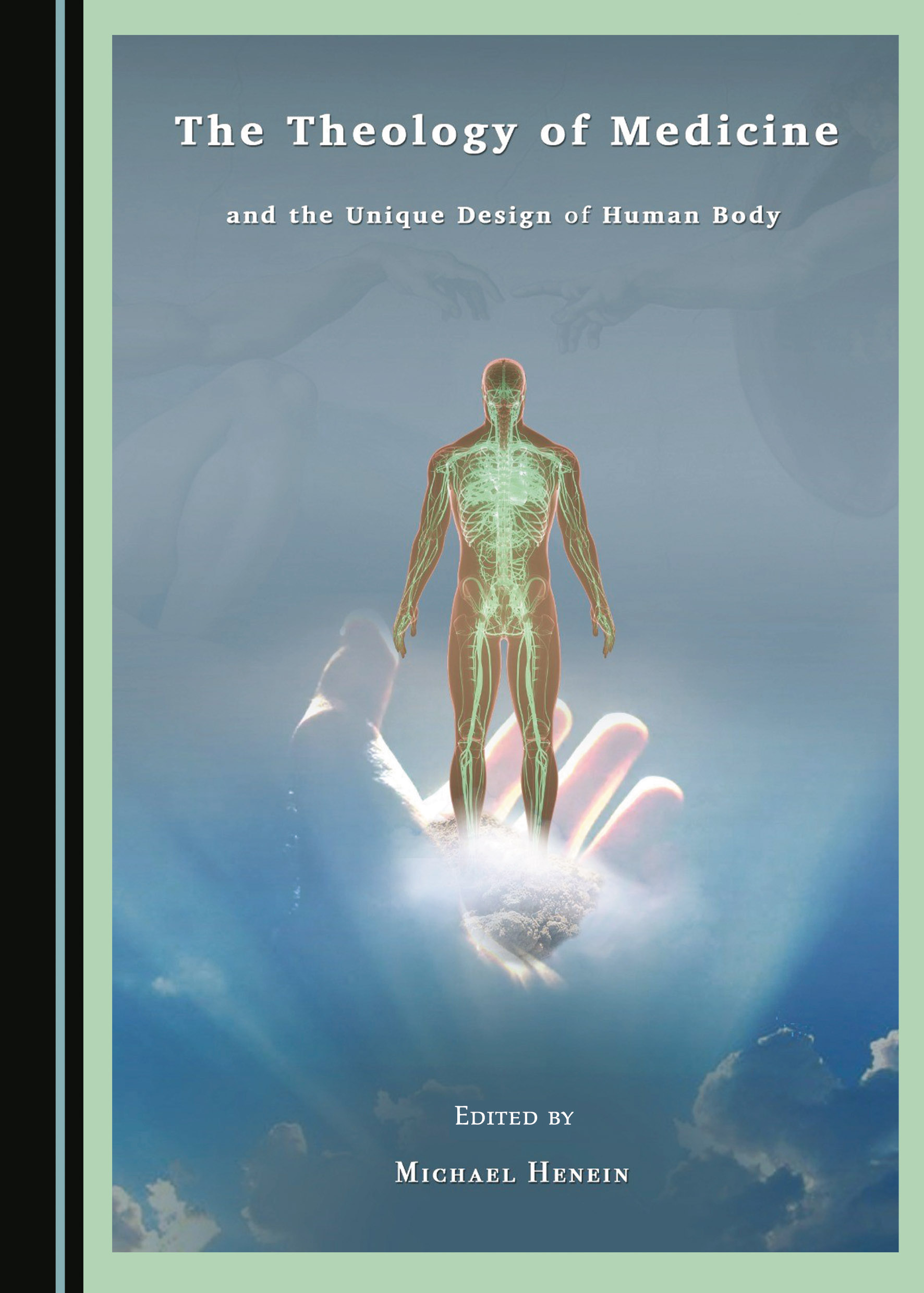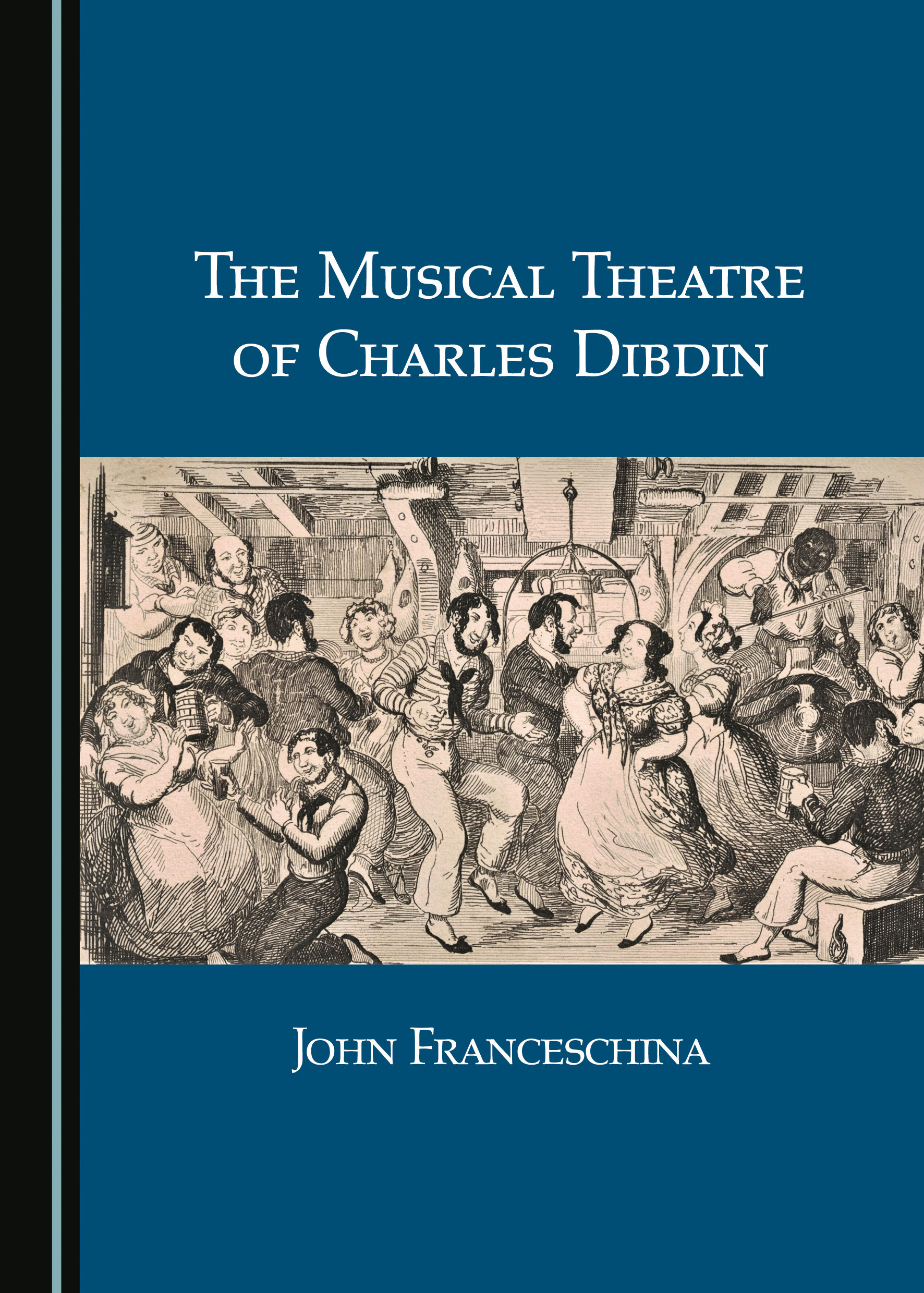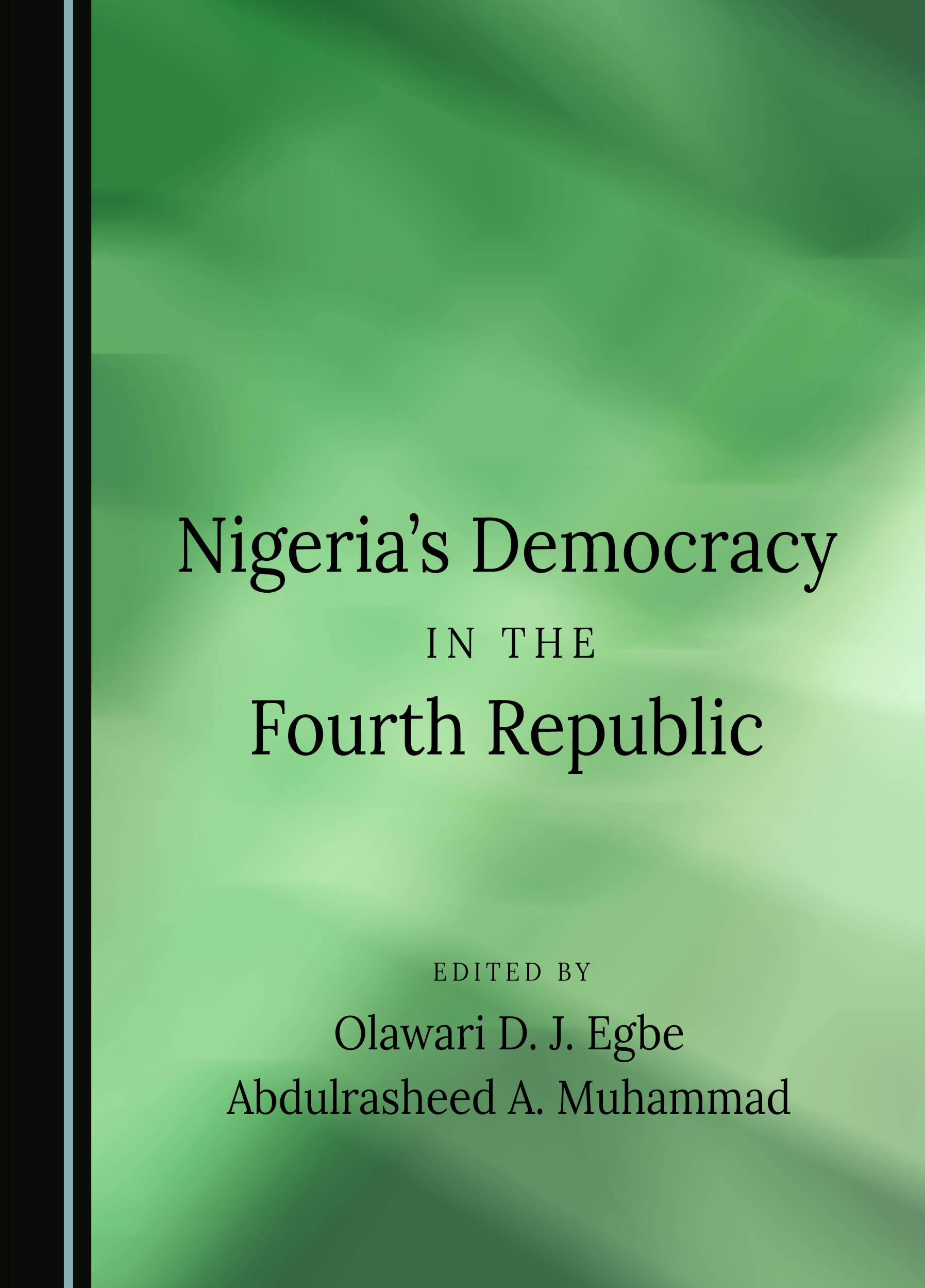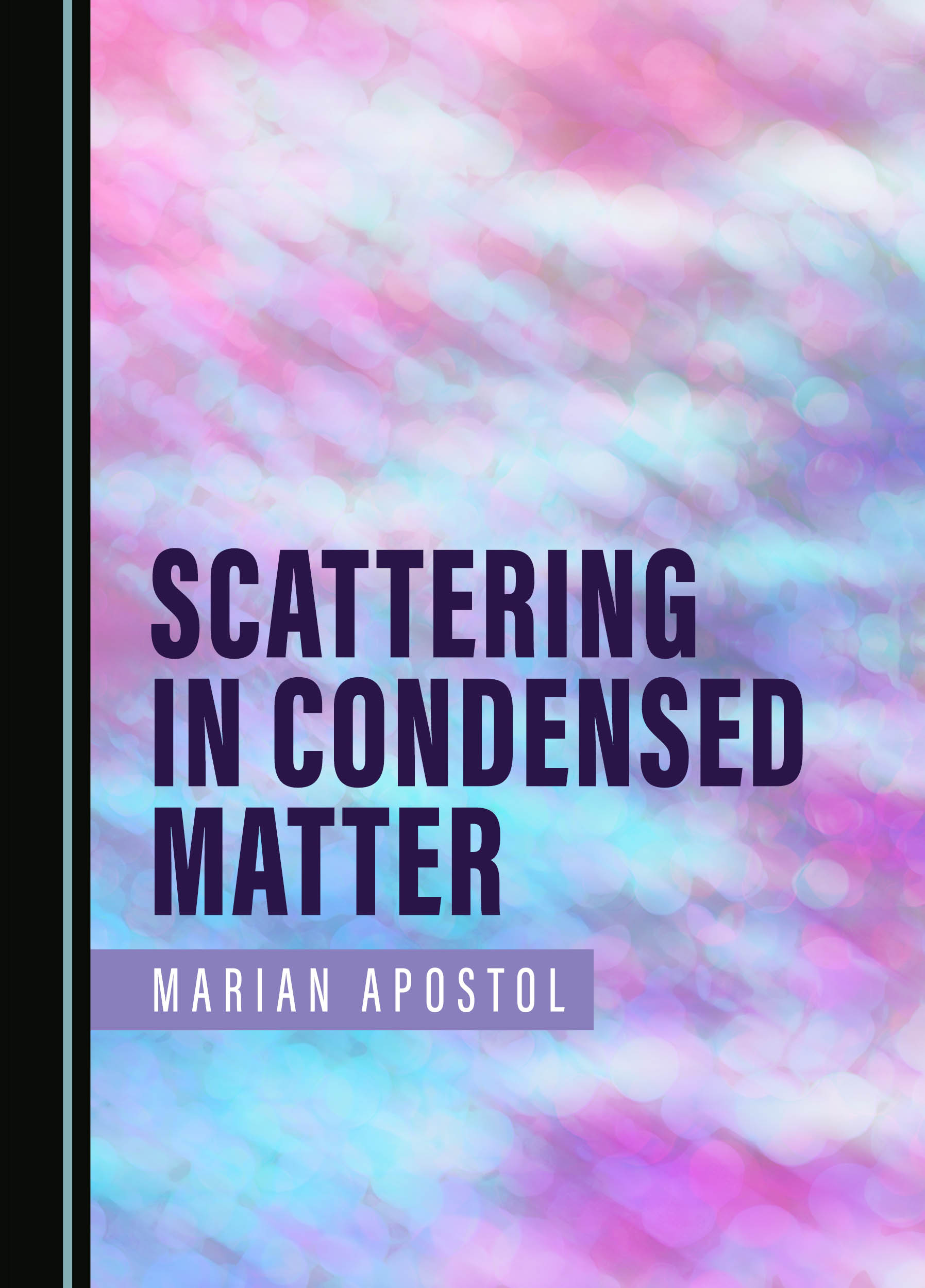John Rothenstein in the Interwar Years: Keeping the Fires of Figurative Art Burning
Appointed in 1938, Sir John Rothenstein was the first director of the Tate to embrace modern art, mounting a series of daring exhibitions and procuring a procession of audacious masterworks that, in the words of one contemporary, ‘completely knocked the stuffiness out of that veritable institution.' So why, since he died in 1991, has his name become a byword for reactionary conservatism? The answer is that from the outset of his career, Rothenstein refused to bow to the patriarchs of the avant-garde.
In the 1920s, while they were busy decrying the figurative tradition, Rothenstein was championing a brilliant generation of artists whose work remained firmly rooted within it. In the 1930s, while they advocated a geometrical art of the utmost austerity, Rothenstein used his first curatorial positions to promote a new wave of exciting young British realists.
Pitted against the progressives of Hampstead and Bloomsbury and inspired by the anti-vanguardism of his father and Wyndham Lewis, this book charts Rothenstein's earliest efforts to champion modern realistic painting in an age of abstraction. Along the way, it uncovers his selfless and pioneering patronage of artists as diverse as Stanley Spencer, Edward Bawden, Evelyn Dunbar, Paul Nash, Charles Mahoney, and Eric Ravilious. In so doing, it also establishes his importance in the reassessment of twentieth-century figuration going on today.
In 2006, David McCann finished his PhD on John Rothenstein's career in the 1920s and 1930s. He has written and lectured on modern British art. After six years in the antiquarian book trade in Southampton, he is now a cataloguer of rare and out-of-print art books at Pallant House Gallery Bookshop.
There are currently no reviews for this title. Please do revisit this page again to see if some have been added.
Buy This Book








